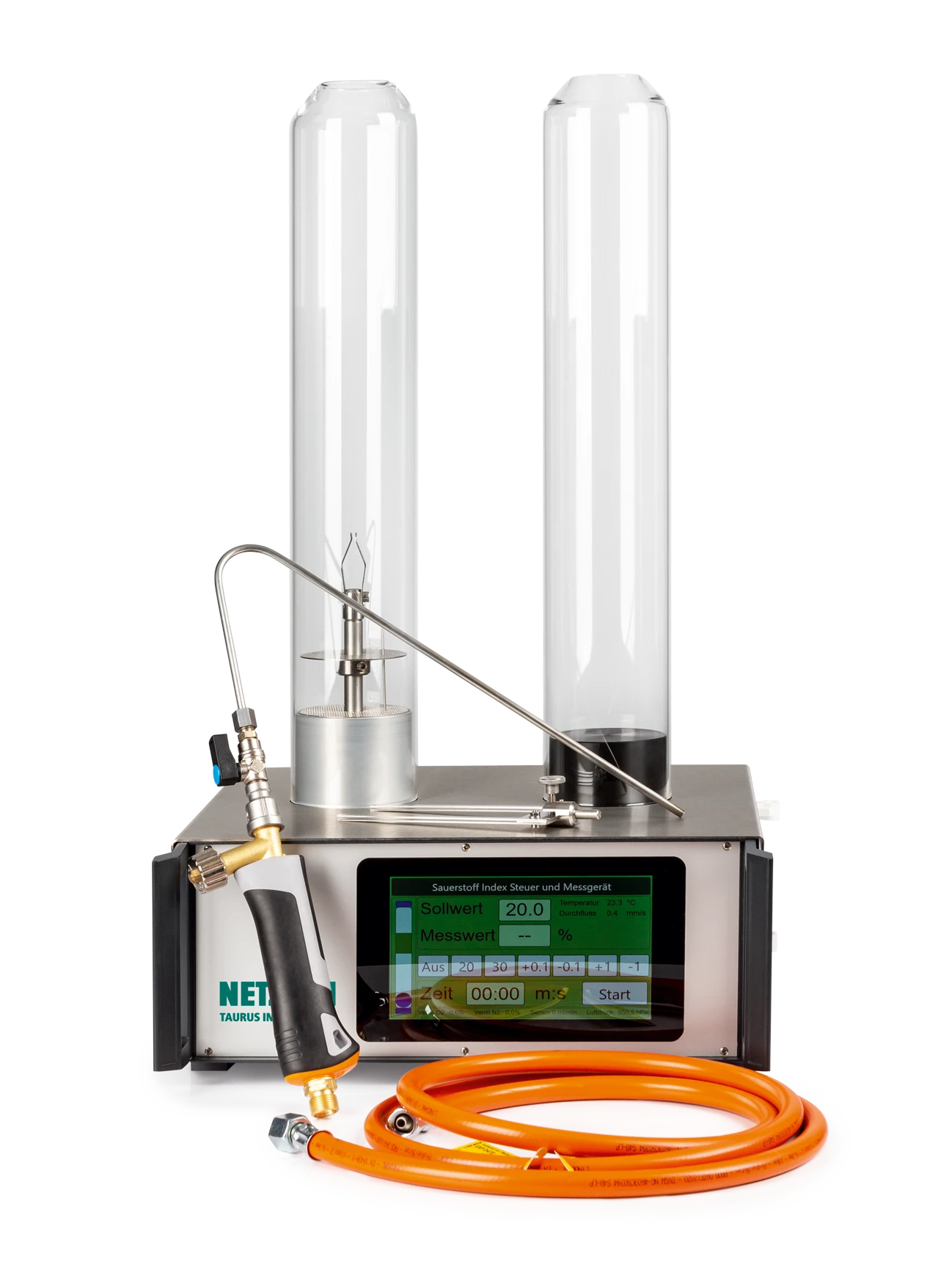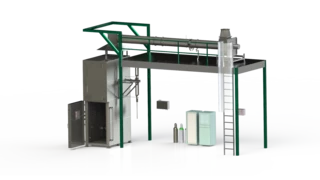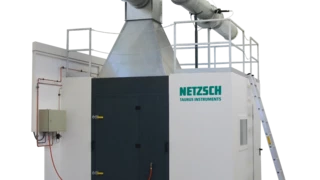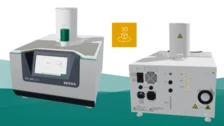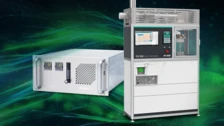
17.04.2023
How to Determine the Burning Behavior of Plastics according to ISO 4589-2 and ASTM D2863
Particularly in the automotive, aerospace, electronics and construction industries, plastics have specific advantages over other materials such as metals, ceramics, or natural materials because they are lighter, more versatile, more corrosion-resistant, can have either electrically conductive or insulating capacity, and often are more cost-efficient than other materials.
The burning behavior of the polymers used plays an essential role in evaluating the safety and applicability of components and assemblies. When a plastic component ignites, a dangerous situation quickly results from rapid fire spread. In addition, plastics usually release toxic gases during combustion, thus endangering both humans and the environment.
Determining the Burning Behavior with the Help of the Oxygen Index
The oxygen index indicates the proportion of oxygen in the ambient air required to cause a material to burn and set it on fire. It is an important parameter for evaluating the fire behavior of materials, especially plastics.
A sufficient amount of oxygen is required for combustion to occur. The oxygen index is used to determine the minimum oxygen content required in the ambient air for a material to ignite and catch fire. The higher the oxygen index, the more difficult it is for a material to ignite and the more fire-resistant it is. This parameter is mainly used in fire testing. The oxygen index can be determined using standardized test procedures.
The LOI 901 (LOI = Lowest Oxygen Index) by NETZSCH TAURUS Instruments GmbH is an instrument for determining the oxygen index of polymers. The oxygen index analyzer meets the requirements of the internationally recognized standards ISO 4589-2 and ASTM D2863.
The LOI 901 for Analyzing the Burning Behavior
The LOI 901 is a high-precision instrument that determines the burning behavior of polymers in accordance with the recognized standards ISO 4589-2 and ASTM D2863. The ISO standard describes the method for determining the minimum volume fraction of oxygen in a given mixture of oxygen and nitrogen at 23 °C ± 2 °C, which supports the combustion of a material under certain test conditions.
The instrument is equipped with a special combustion chamber and uses a controlled oxygen atmosphere to examine material samples. This makes it possible to determine the following variables:
- Limiting oxygen index: minimum oxygen concentration at which combustion of the test specimen becomes possible
- Flammability of plastics
- Burning time
- Burning distance
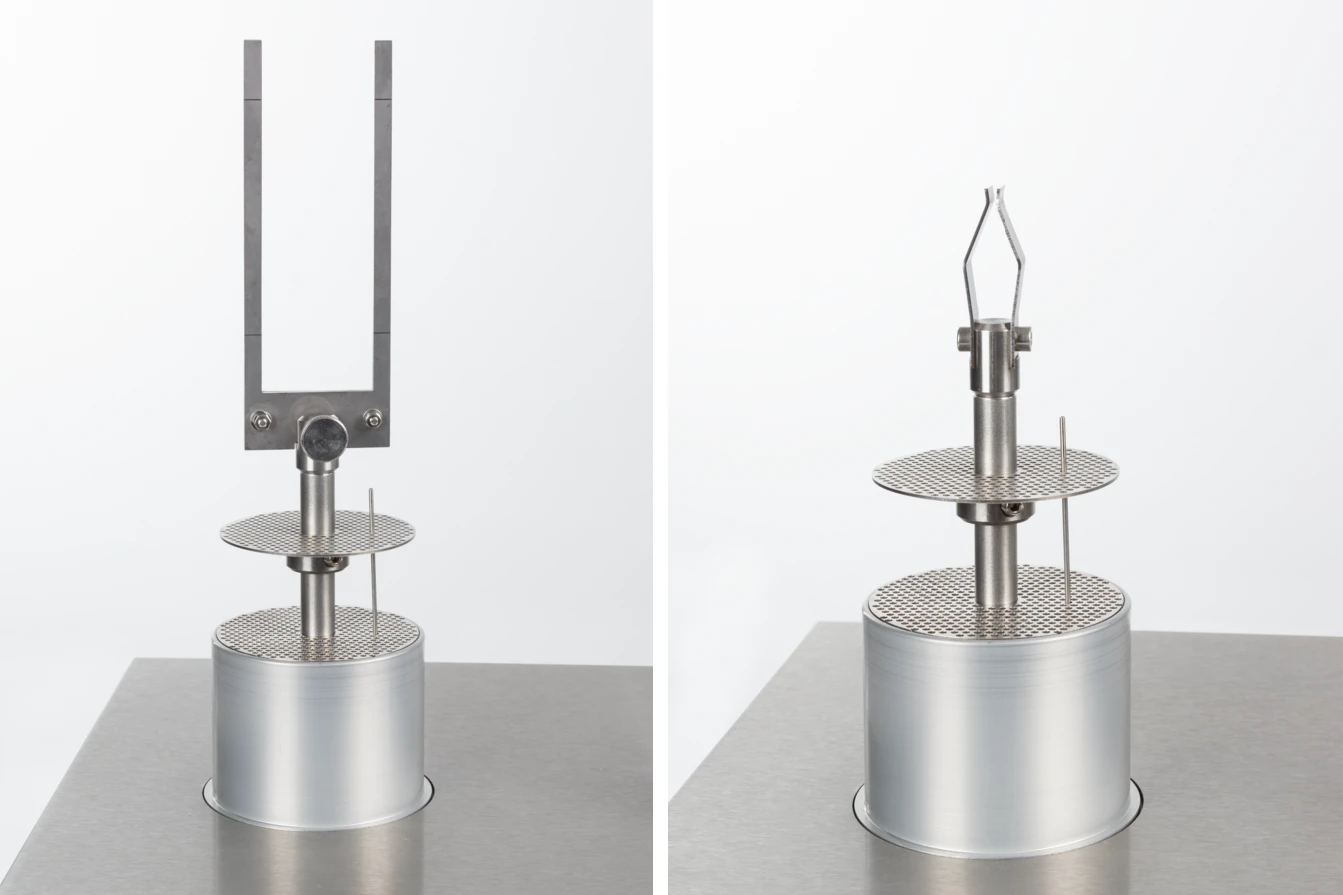
In addition, the LOI 901 provides transparent data on temperature, flow rate and time during the test procedure. These are shown on the display during the test and can be read any time. The special advantage of the LOI 901 is its simple and intuitive operation via touch screen. The desired oxygen concentration is selected and automatically set with the touch of a finger. The required volume flow remains constant. Built-in solenoid valves and intelligent software ensure that stable conditions for the prescribed measurement procedure are reached within a few seconds.
Comprehensive Equipment for Standard Tests
To ensure that the oxygen index analyzer can be used immediately, all the necessary accessories are already included in the scope of delivery. The LOI contains the following equipment:
- Sample holder for rod-shaped, round and flat samples
- Propane gas igniter
- Easily exchangeable borosilicate glass cylinder
- Single Board Computer (SBC) with Windows 10
- Single software license LOI 2016
Thus, only the test gases (O2/N2) will still need to be provided in order to begin work with the analyzer.
In the automotive industry, the LOI 901 is widely used to test the flammability and safety of plastics installed in cars. Applications range from interior trim ‒ such as seats and dashboards ‒ to electrical and electronic components.
Interested? Here you can get more information about the analyzer by NETZSCH TAURUS: LOI 901 - NETZSCH Analyzing & Testing
